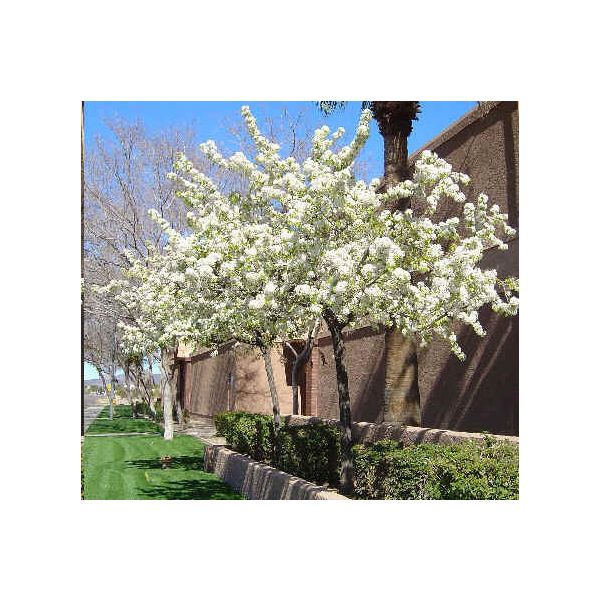Prunus Americana Seeds (American Plum Seeds, Wild Plum)
Prunus Americana Seeds (American Plum Seeds, Wild Plum)
Fast growing. Good ornement. Fruits are better used for jellies.

Delivery
All orders shipped with UPS Express.
Always free shipping for orders over US $250.
All orders are shipped with a UPS tracking number.
Returns
Items returned within 14 days of their original shipment date in same as new condition will be eligible for a full refund or store credit.
Refunds will be charged back to the original form of payment used for purchase.
Customer is responsible for shipping charges when making returns and shipping/handling fees of original purchase is non-refundable.
All sale items are final purchases.
Help
Give us a shout if you have any other questions and/or concerns.
Email: contact@domain.com
Phone: +1 (23) 456 789
Availability: In stock
SKU
Prunus Americana
Prunus Americana is also known as American plum or Wild plum. Native to eastern North America, New Mexico and Utah. American plum is a small, deciduous, single trunk tree or multi-stemmed shrub which occurs in rocky or sandy soils in woodlands, pastures, abandoned farms, streams and hedgerows throughout the States. This tree grows really fast and thrives with neglect!
As a tree, it typically grows to 15-25' tall with a broad, spreading crown and numerous rigid spiny branches. As a shrub, it suckers freely and can form large colonies. Branches and twigs are an attractive dark reddish-brown and sometimes have thorny lateral branchlets.
The leaves are alternate, simple, ovate to elliptical, with finely serrated margin and sharply pointed tip, 3 to 4 inches long, green above, and slightly paler beneath. The leaves will turn yellow to red in autumn. Beautiful white fragrant flowers will bloom in early spring. The flowers have 5 petals about 1 inch across, with long filaments and yellow anthers. They appear in small clusters with the leaves.
The Prunus Americana fruits are yellow to red, 1 inch in diameter, with yellow flesh, ripening in mid-summer. However, this specie is usually grown for ornamental value and not for fruit production. Although the plums can be eaten raw, the quality is somewhat poor, better used for preserves and jellies.
Hardiness zones 5-9, (-26øC/-15øF, -5øC/25øF) in winter. Easily grown in average, dry to medium, well-drained soils in full sun to part shade. Fairly adaptable.
| Common name | American Plum |
|---|---|
| Species | Prunus americana |
| Germination | First, scarify the seeds. For faster germination, soak the seeds in slightly hot water for 24-48 hours, followed by 2-3 months cold stratification before sowing in your soil. Sow at 1 inch deep in moist soil. Lights aid germination. The seeds can be rather slow, sometimes taking 18 months to germinate. |
| Scarification / Stratification | Scarification : Seed coats may be so hard that they are impermeable to water. They need to be scratched or broken using a knife or sandpaper, in order to germinate. Chip the seeds with a sharp knife or make a few swipes with a sharp edged file or use sandpaper to allow moisture being more readily absorbed. Cold stratification : This will break their dormancy. It creates a cold and moist environment for the seeds. Mixed in seeds with slightly moistened vermiculite or peat, only damp in a ziplock bag. Close zip bag shut and store it in the salad crisper compartment of your refrigerator. If any seeds begin to sprout during the cold stratification, simply remove the seed and plant. |
| Price View | Price Range |

